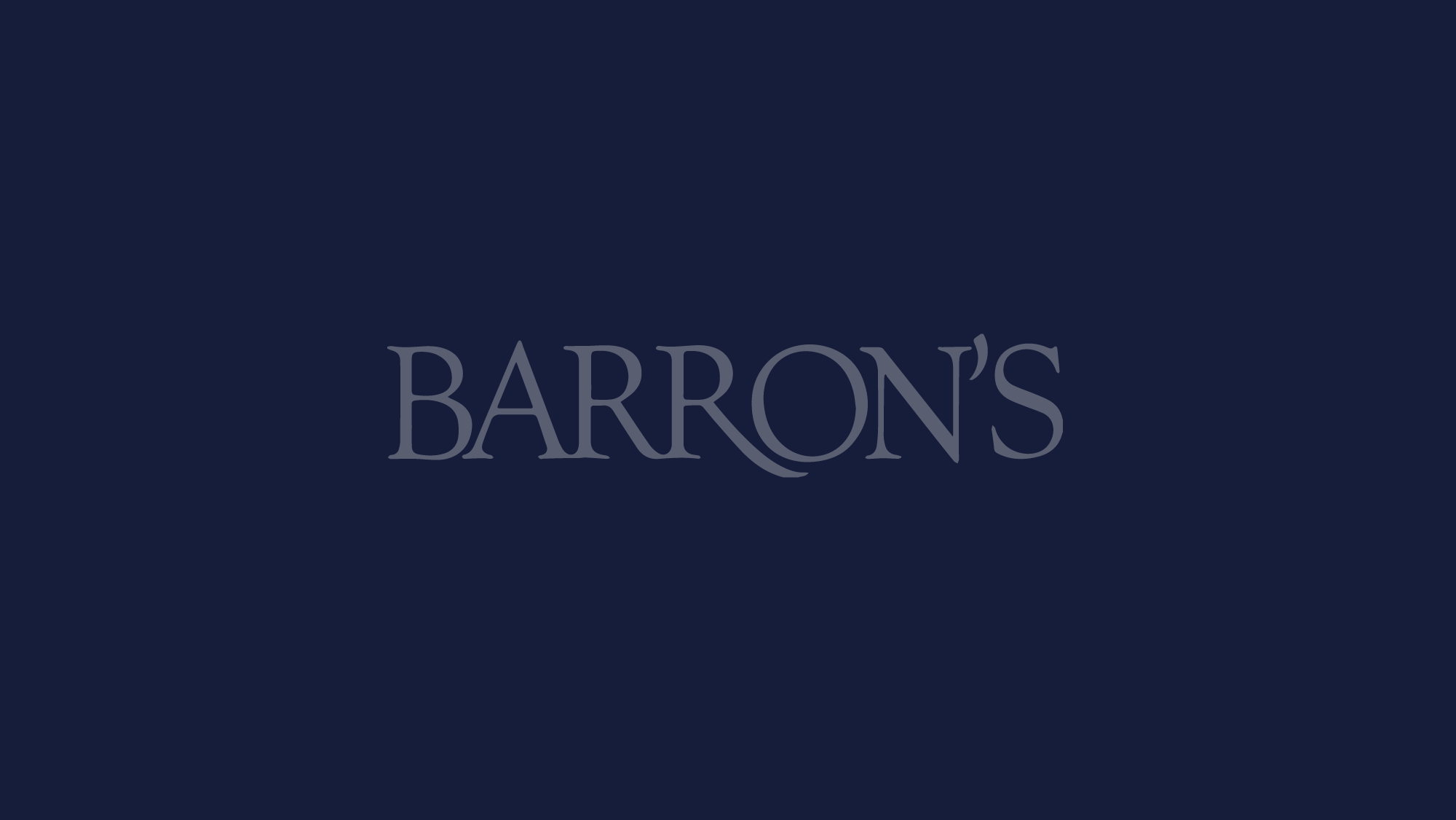Why Index Funds Could Fade
Originally published in Barron’s online Aug. 12, 2022 and featured in the Barrons print magazine Aug. 13, 2022.
Index funds have had a spectacular run. They collected $8.5 trillion in retail investment dollars by the end of the first quarter of this year, according to Morningstar, more than all active strategies together. Along the way, they became the dominant investment idea.
Yet the stock market’s recent dip into bear-market territory raises new questions for these popular funds. Will indexing recover and go on to scale new heights? Or has the time come to consider its defects as well as its virtues?
The virtues are easily understood. It is a simple strategy to adopt, and usually comes with low fees. Both legendary Yale University investment head David Swensen and Berkshire Hathaway’s Warren Buffett endorsed index funds for these reasons.
“You’re guaranteed to be in the top quartile if you use indexing” over 10 to 30 years, celebrated investor Charles Ellis argued last year. “You are guaranteed to be a winner.”
Could Swensen, Buffett, and Ellis all be wrong? Yes. Especially Ellis. Why?
In theory, index funds are highly diversified. In practice, they are capitalization weighted, which means new money flows into the most popular stocks of the moment. The combination of index fund popularity together with index construction favoring the most popular stocks means that more money has flowed into fewer and fewer stocks.
Over the past year, as much as 25% of S&P 500 index fund money has been invested in only five stocks: Apple , Microsoft , Amazon.com , Tesla , and Alphabet . At the end of this past quarter, 7.1% of the index was invested in Apple alone.
The purveyors of indexes, being human, tend to make the concentration in a few expensive stocks even worse. The committee charged with overseeing the S&P 500 has changed the constituents often, and in the process tended to add stocks with price/earnings ratios more than twice that of those deleted.
Capitalization-weighted equity indexing is also “momentum” investing, in that more new money flows into what has gone up and less into what has gone down. There is an irony here. The idea of indexing is supposed to reflect “efficient markets,” where prices reflect all available information. A momentum approach isn’t supposed to work within such markets. Academic supporters of some version of market efficiency treat successful momentum investors either as an unexplained anomaly or as an example of luck.
There are other seeming contradictions embedded within index fund construction. In addition to ignoring the unarguable principle that price paid represents a key determinant of long-term return, indexing ignores much else besides.
James Grant, founder and editor of Grant’s Interest Rate Observer, pointed out in 2018 how all of the big index funds bought 23% of healthcare firm MiMedx and went right on buying after executives resigned or were fired and past financials were withdrawn. As Grant observed sardonically, “Now this is passive.”
The little-understood and symbiotic relationship of index funds, corporate executive stock options, and corporate stock buybacks is another important negative.
The large companies that, because of capitalization weighting, dominate index funds also tend to be highly reliant on stock options as a way of rewarding top executives. In the past, this has reduced reported expenses relative to cash compensation and thus increased reported profits and share prices.
The origins of this system can be dated to the 1990s, when Congress made cash compensation potentially more expensive, and also discouraged the U.S. accounting board from expensing and then fully expensing options.
Corporate stock buybacks are an important part of the options compensation system. They not only add demand for the company stock—thereby helping to move options “into the money”—but also obscure the earnings dilution that usually accompanies options exercise. Earnings per share increase rather than decrease with the exercise of options, so long as the amount of buybacks exceeds the amount of exercise. The icing on the cake is that higher earnings per share and share prices trigger even more purchases by capitalization-weighted index funds.
With a falling market, U.S. companies relying on options compensation face a dilemma. They either issue replacement options, which may flip options compensation into being more expensive, or they lose key employees.
Further complications include a new, 1% federal tax on corporate share buybacks that aren’t directly linked to options exercise and the increasing pressure of activist-shareholder resolutions targeting massive grants to CEOs and others.
Smaller U.S. tech companies are most obviously caught on the horns of underexpensed and now underwater options. But the large growth companies—the ones dominating the indexes—are just as thoroughly entangled.
With respect to these stocks and the indexes they dominate, one can only say: watch out.
Note:
From the publication of this article to the end of 2022, the following returns were recorded:


